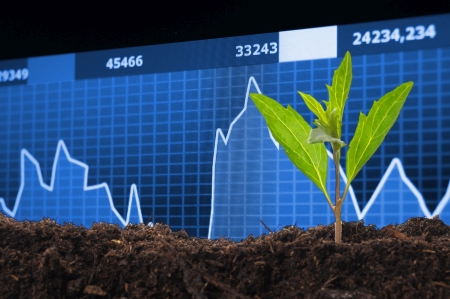Knowledge is power. With it, you can rise to riches.
It’s why some books will sell for thousands of dollars.
The knowledge inside is worth the book’s weight in gold.
Billion-dollar investor Seth Klarman is an author of such a book.
Margin of Safety is the title.
And in its pages, Seth talks about a logical process for investing and how to think about the stock market.
You can find a hardback for about $1,200 on Amazon. A paperback will cost you $5,000.
For a long time, I thought it was the most expensive investing book out there. But another has come to my attention.
This one will cost you US$300,000 (AU$408,000). That is, if you get a first edition. There are only a couple of first editions still out there. And it first hit shelves more than three centuries ago.
The book is Confusion of Confusions, by Joseph Penso de la Vega.
The 1688 work is believed to be the first ever book on the stock market. In the stained, damaged pages, Joseph describes the first stock exchange, its workings and a few general guides to investing.
Of course, the knowledge in the book is not nearly worth as much as it sells for. What I found interesting was some of the advice in the book.
One nugget Joseph writes is of taking profits. Profits on the exchange are ‘the treasures of goblins’, Joseph writes. Meaning profits today could be losses tomorrow.
Another one was about patience. ‘Whoever wants to truly thrive as a trader has to have patience and money,’ Joseph wrote.
330 years ago Joseph knew this. Yet today, almost no one practices the art of patience.
Just look at what investors are doing…
Investors are scared
I believe interest rates are going to rise.
A few months ago, no one would have disagreed with me. But today, investors seemed to have changed their minds.
They no longer think the US Federal Reserve will increase rates month after month.
Instead, they’re probably going to stop sometime next year, the pundits think.
From The Australian Financial Review:
‘Treasuries surged as plunging stocks sparked a bout of risk aversion and traders started betting that the Federal Reserve will cut interest rates as soon as 2020.
‘Traders have been slashing the expected pace of rate hikes since the central bank’s top brass flagged global headwinds to growth and opened the door to a change in the policy path. That move picked up Tuesday. The swaps market has moved up the timing for when it sees the hiking cycle peaking, toward the end of 2019 or early 2020, a period when the Fed’s own projections indicate tightening will still be under way.
‘The shift in the market’s view gained speed this week. On Tuesday, the yield curve from 2 to 10 years came the closest to inversion that it’s been since 2007. Risk aversion amid losses in stocks fuelled demand for Treasuries as scepticism emerged over the tariff deal that US President Donald Trump announced after his weekend meeting with Chinese leader Xi Jinping. Trade friction is seen as a drag on the US economy, which is already showing cracks, such as a slowing housing market.’
To put it bluntly, investors are scared.
They’re scared about economic growth. Scared about corporate earnings. Scared of what the immediate future will look like. [openx slug=inpost]
It’s not inflation investors are worried about, one fund manager said. Yet if central bankers lower interest rates and create more money, I’d argue it’s something they’d want to think about.
With too much money and too few goods and services, asset prices creep up, destroying wealth for everyone.
No, this fund manager said investors were worried about surprises. Meaning that if the Fed reaches their neutral rate soon (the rate that neither adds nor detracts from economic growth), any changes could see interest rates slip right back down.
Investors just don’t know what’s going to happen next. And it’s why they sold stocks today and the day before.
I guess we’ll be all holding our breath to see what economic data comes out next. And by we, I don’t mean you and me.
I’m talking about the masses that do worse than the average. The masses that jump in and out of stocks, trying to guess next quarter’s figures.
You and I, we’re not going to copy what leads to average results at best (and terrible results all other times).
No, instead we’re going to forget about the future of interest rates.
And we’re going to do this instead…
Your edge on the market
What can you do to get an edge on the market? What can you do to beat all these market timers and short-term traders?
Looking at small-cap stocks is one avenue to go down.
It’s very similar to looking at any other investment. You want to ensure you’re buying an asset for far less than its worth.
Beauty is, experienced money managers can’t touch these small gems. These stocks are too small and the capital these managers have to move is too large.
As a result, there are a bunch of inefficiencies (along with uncertainties) in the small end of the market.
And these are the opportunities you might want to think about going after.
It’s why we’re going to forget about what the Fed is doing. We’re going to forget about what all central bankers are doing.
We’re out to find wonderful little companies that can multiple your wealth many times over.
Your friend,
Harje Ronngard
